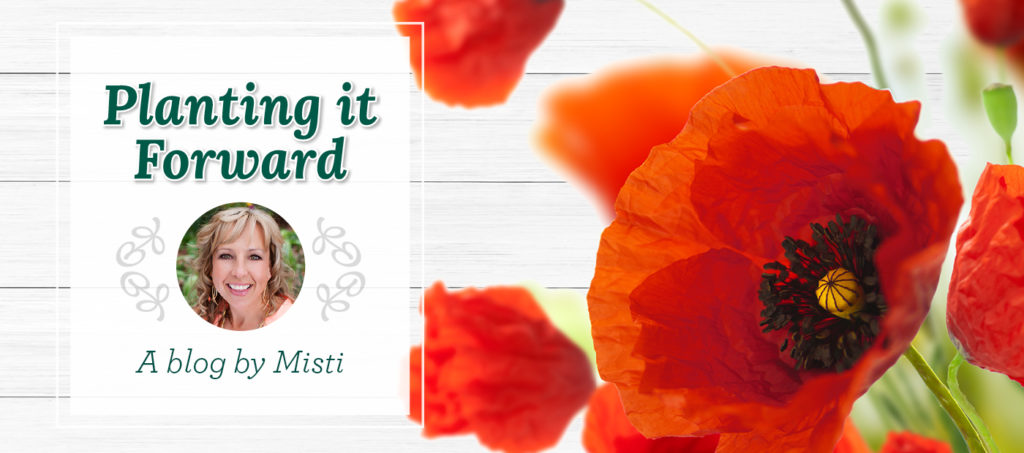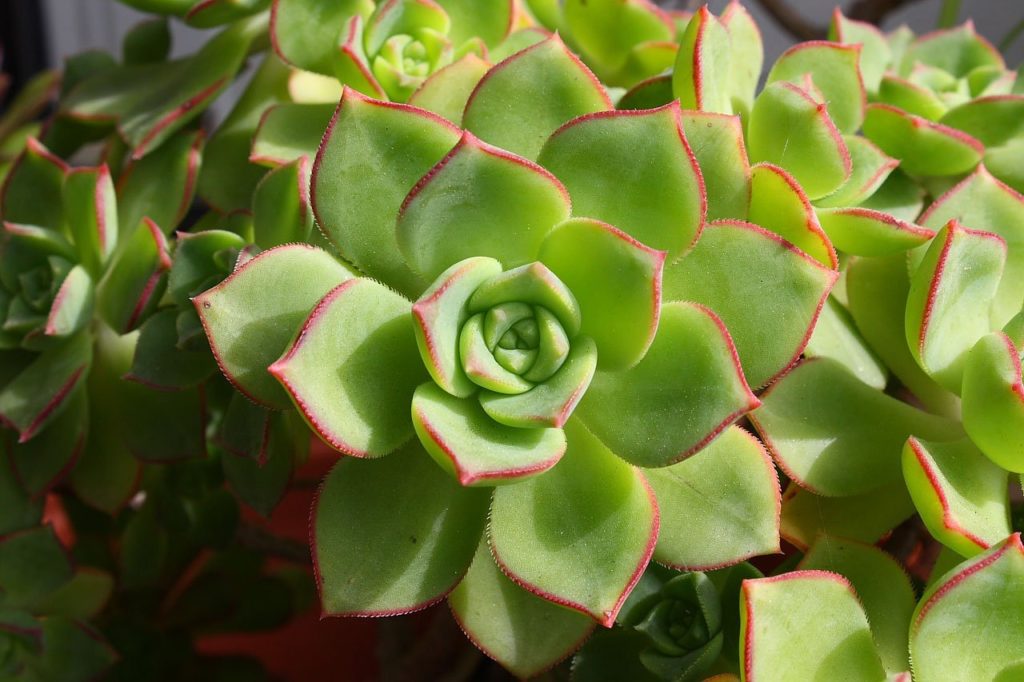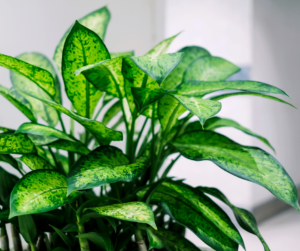
There are so many great reasons to add houseplants to your home, office, or dorm room. They add color and life to any space, help improve air quality, and reduce stress. Plants can even make you more productive!
The great news is that you don’t need to be a certified horticulturist in order to enjoy the benefits of having houseplants. There are several houseplants that don’t require a “green thumb” in order for them to flourish.
Here’s some of the easiest, most forgiving plants to cultivate:
Sansevieria
You might know this plant as the Snake Plant or Mother-in-Law’s Tongue. Some call it Viper’s Bowstring Hemp because the strong fibers were once used for bowstrings. The plant’s bold and slender upright leaves, typically edged in a green-gray color, make it quite a stunner. It’s also quite forgiving; the only thing you need to worry about is overwatering it.
Among this plant’s variations is the “whale fin” sansevieria (Sansevieria Masoniana) which takes its name from its wide, paddle-like leaves. Typically dark green with lighter mottling, these leaves can grow to a whopping four feet long by 10 inches wide. Learn more about Sanseviera here.
Peace Lily
Spathiphyllum, better known as the “Peace Lily,” is a great example of a spadix type of plant, where a spike of tiny little flowers is encased in a curved leaf-like structure known as a spathe. (Peace Lilies are sometimes called Spathe flowers.) Besides being beautiful, Peace Lilies are easy to take care of and can acclimate to lower levels of light. Peace Lilies symbolize purity and innocence. They are often given as a gift to those who have suffered a loss, as the white lily represents the rebirth of the soul. Find out how easy it is to cultivate this plant here.
Pothos
The easy-going nature of Potho makes them a very popular first plant for houseplant newbies. They have thick, waxy, heart-shaped leaves that are typically green with yellow or white sections (known as variegation). These versatile houseplants look great in a pot or hanging in a container, with their vine-like stems cascading down. They grow well in bright light or low light, meaning they will flourish anywhere in your home. Find out why this is one of the most popular species for first-time plant owners here and check out the “neon” version too.
Succulents
Because they are able to store water in their leaves, stems, or roots, succulents have adapted to survive in dry conditions, such as deserts. The come in a wide variety of shapes and sizes, and there are many different species to choose from. Among the most popular are aloe vera, echeveria, kalanchoe and the jade plant.
Philodendrons
In addition to being easy to care for, philodendrons are very diverse; there are more than 400 subspecies of this plant! This includes the ever-popular Monstera deliciosa, more commonly known as the split-leaf or swiss cheese philodendron for the holes that develop in its large heart-shaped leaves. Then there’s the Philodendron Birkin, a man-made plant created from two cultivars, which has pinstripe vegetation on lush dark green leaves. Rumor is that the name ‘Birkin’ came from the expensive Hermes handbag. One of the newest plants in this family is the Philodendron ‘Atom’ which is a dwarf cultivar. This compact plant will only grow about 12 inches high and has a very bushy appearance with deep-green leaves that are ruffled, which is why it’s also known as the “lacy” philodendron.
These are just a few of the plants that are relatively easy to care for and will bring beauty to your home without requiring you to be a plant expert. To learn about these and other houseplants, visit our houseplant experts at Warner’s Nursery.



 Showy, beautiful and easy to care for, Dieffenbachia can make a super indoor plant.
Showy, beautiful and easy to care for, Dieffenbachia can make a super indoor plant.

